Exam AZ-120: Planning & Administering MS Azure for SAP Workloads
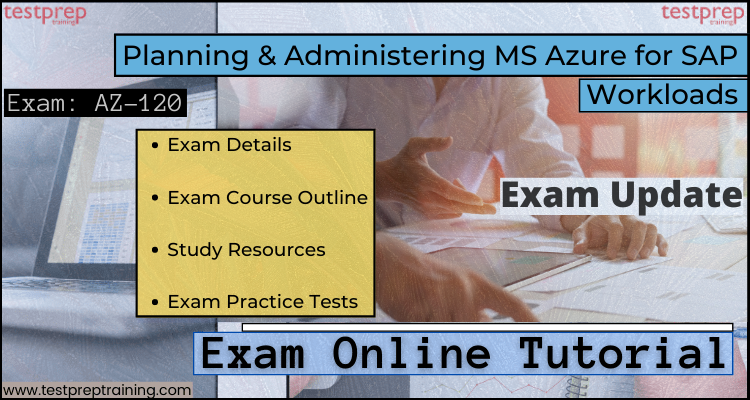
The need for professionals who have cleared Microsoft Azure Exam AZ-120- Planning and Administering Microsoft Azure for SAP Workloads has been constantly increasing. Companies want professionals who can optimize the performance of the organization and can increase efficiency. IT sector has been constantly providing highly paid jobs to the professionals who are certified and have actual knowledge of managing the operations successfully. So, in order to become a preferred candidate in the eyes of every industry, you should have the required skills, qualifications,s and most importantly, certifications to prove the latter.
If you want to prove your skills and master the field of Planning and Administering Microsoft Azure for SAP Workloads then exam AZ-120 is the right choice for you. This page will form a complete guide for the Microsoft AZ-120 certification exam along with the preparatory resources. Let us get underway!
About Microsoft Exam AZ-120
Responsibilities for an architect or an engineer for Azure for SAP Workloads include making recommendations on services and adjust resources as appropriate for optimal resiliency, performance, scale, provision, size, and monitoring. Architects or engineers for Azure for SAP Workloads partner with cloud administrators, cloud DBAs, and clients to implement solutions.
Who should take the exam?
The candidates who are taking the Microsoft AZ-120 certification exam should have the prior knowledge of/ should be working in the field of architects or engineers with extensive experience and knowledge of the SAP system landscape and industry standards that are specific to the long-term operation of an SAP solution on Microsoft Azure. However, these set of skills is not necessary.
Exam overview
The exam AZ-120 consists of 40-60 questions. And, the AZ-120 exam time duration is of 180 minutes. The cost of taking the exam is $165 in US, however, prices may vary from place to place. The exam is available in 4 languages – English, Japanese, Chinese (Simplified), Korean. Passing score for the exam is 700 points out of 1000. You can expect questions in the form of multiple-choice format and case studies.
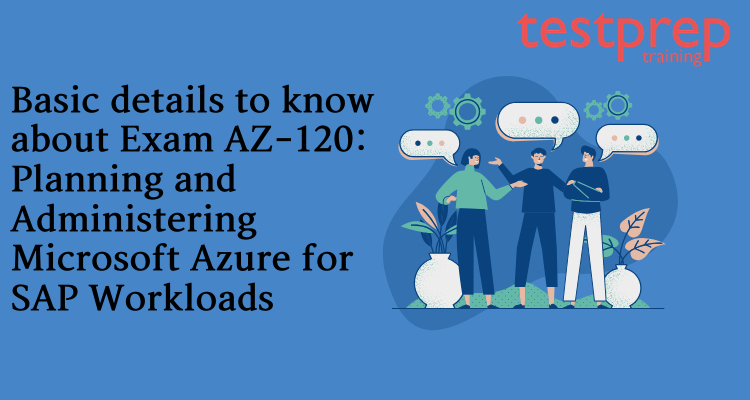
Have a look at the table:
| Name of the exam | Planning and Administering Microsoft Azure for SAP Workloads |
| Code of the exam | AZ-100 |
| No. of questions | 40-60 |
| Format of questions | multiple choice, case studies |
| Cost of exam | $165 |
| Duration of exam | 180 minutes |
| Languages available | English, Korean, Japanese, and Simplified Chinese |
| Scheduling platform | Pearson VUE |
AZ-120 Interview Questions
Recommended knowledge and experience for Exam AZ-120
A candidate appearing for this exam should have extensive experience and knowledge of SAP applications: SAP HANA, S/4HANA, SAP NetWeaver, SAP BW/4HANA, OS servers for SAP applications and databases, Azure portal, ARM templates, operating systems, virtualization, cloud infrastructure, storage structures, high availability design, disaster recovery design, data protection concepts, and networking.
For the Microsoft Azure AZ-120 exam, it’s strongly recommended to have an Azure Administrator Associate or Azure Solutions Architect Expert certification, in addition to SAP HANA and Linux certifications. However, taking these certifications is not mandatory.
Registration policy
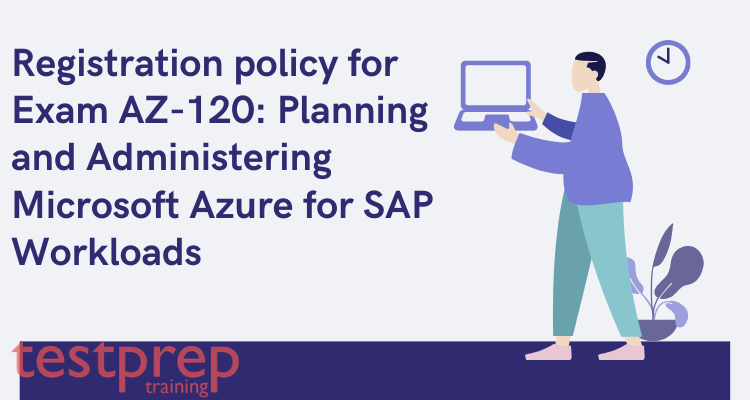
For Microsoft AZ-120 exam schedule, follow the steps written below:
- Go to the Microsoft site and find your certificate in the list. Then select schedule exam, to register.
- If the certificate will be available for your country then you will be able to select the exam during the registration process.
- You will also select the language of the greeter, proctor, and proctoring software.
Microsoft AZ-120 Exam retake policy
As per Microsoft, their policy related to retaking of the exam is as follows:
- If you are unable to pass the exam in first attempt, the you must at least wait 24 hours before retaking the exam. You cannot retake the exam if you achieve a passing score.
- If you fail to pass the exam in second attempt too, then you must wait for a period not less than 14 days, in order to retake the exam. This is the same process for the failure in third, fourth or fifth attempt.
- You will not be allowed to give the exam more than 5 times a year. This year, 12-month period starts on your failure on 5th attempt. If you wish to give the exam more than 5 months a year then you have to contact Microsoft.
Academic pricing on the certifications
Academic pricing on Microsoft Certified Professional exams is available in most countries (except India and China). You must verify your student status before scheduling your exam in order to be eligible for academic pricing.

Applying student status through your account profile
- Sign in with your Microsoft account credentials.
- Select Profile settings from the Account menu at the top of the page.
- In the Job function menu, select, or ensure that you have selected, “Student.”
- Look for the academic pricing notice that appears next to the Job function menu. If your student status has not yet been validated, click “Get verified” to verify your status.
Applying student status when registering for an exam
- Sign in with your Microsoft account credentials.
- On the exam for which you want to register, click Schedule exam.
- On the Confirm your exam registration details page, ensure that the Job function field displays “Student – Verified.” If it does not, click “Get verified” to validate your status, or click Edit to change your status.
Verifying your academic status
Select the method you wish to use to verify your status. The methods include:
- School-issued email account
- School network credentials
- International Student Identity Card (ISIC)
- Verification code from a Microsoft representative or your institution’s administrator
- Documentation
Other exam policies
You can refer to the official site of Microsoft for the exam policies and other terms and conditions. Make sure to properly read all the terms and conditions so that you do not miss out on anything important for taking the exam.
You can visit: FAQs for AZ-120 to know more.
AZ-120 Exam: Syllabus details
The updated Microsoft AZ-120 course outline include:
1. Migrate SAP workloads to Azure (25—30%)
Identify requirements for target infrastructure
- Estimate target sizing for SAP workloads (Microsoft Documentation: SAP workloads on Azure: planning and deployment checklist)
- Identify supported scenarios for SAP deployments on Azure
- Identify compute, storage, and network requirements for SAP workloads
- Assess constraints imposed by subscription models and quota limits (Microsoft Documentation: Azure subscription and service limits, quotas, and constraints)
- Identify software licensing requirements for target workloads
- Identify cost implications for target workloads
- Specify an Azure support plan for target infrastructure (Microsoft Documentation: Configure infrastructure)
- Choose between lift and shift, lift-shift-migrate, and lift-shift-migrate to HANA
- Choose an appropriate SAP workload migration strategy and tools
Design and implement an Azure environment to support SAP workloads
- Design and implement authorization and access control for SAP workloads (Microsoft Documentation: SAP workloads on Azure: planning and deployment checklist)
- Design and implement governance and compliance by using Azure Policy (Microsoft Documentation: Azure Policy)
- Design and implement authentication for SAP workloads
- Design and implement authentication for SAP software as a service–based (SaaS-based) applications (Microsoft Documentation: integrating SaaS applications with Azure Active Directory)
- Design and implement a management hierarchy, including management groups, subscriptions, and resource groups
- Design Azure landing zones for SAP
2. Design and implement an infrastructure to support SAP workloads on Azure (35—40%)
Design and implement a compute solution for SAP workloads
- Choose an SAP-certified Azure virtual machine for a given SAP workload (Microsoft Documentation: Use Azure to host and run SAP workload scenarios)
- Configure the Azure VM extension for SAP solutions (Microsoft Documentation: Implement the Azure VM extension for SAP solutions)
- Deploy an operating system by using an Azure Marketplace image (Microsoft Documentation: Find and use Azure Marketplace VM images with Azure PowerShell)
- Create a custom image and deploy it to an Azure virtual machine (Microsoft Documentation: Create a golden image in Azure)
- Automate the deployment of Azure virtual machines by using IaC, including Bicep and Azure Resource Manager (ARM) templates (Microsoft Documentation: Use infrastructure automation tools with virtual machines in Azure)
- Automate deployment by using the SAP on Azure Deployment Automation Framework
- Automate deployment by using Azure Center for SAP solutions
Design and implement networking for SAP on Azure Virtual Machines
- Design and implement virtual networks and subnets (Microsoft Documentation: Azure Virtual Network)
- Implement Accelerated Networking for Azure Virtual Machines (Microsoft Documentation: Create a Linux virtual machine with Accelerated Networking using Azure CLI)
- Design and configure proximity placement groups (Microsoft Documentation: Proximity placement groups)
- Design networking to meet SAP workload latency requirements
- Design and implement network flow control (Microsoft Documentation: Traffic flow security in Azure)
- Design and implement network security (Microsoft Documentation: Design and implement network security)
- Design and implement service endpoints and private endpoints for Azure Storage (Microsoft Documentation: Use private endpoints for Azure Storage)
- Design name resolution for integration with Azure DNS (Microsoft Documentation: Name resolution for resources in Azure virtual networks)
- Design and configure Azure ExpressRoute for hybrid connectivity (Microsoft Documentation: Extend an on-premises network using ExpressRoute)
- Design and configure load balancing for a reverse proxy (Microsoft Documentation: Set up and configure reverse proxy in Azure Service Fabric)
Design and implement a storage solution for SAP on Azure Virtual Machines
- Choose a storage type
- Specify when to use disk striping and simple volumes (Microsoft Documentation: Volume Object)
- Design for storage security considerations (Microsoft Documentation: Security recommendations for Blob storage)
- Design and implement data protection (Microsoft Documentation: Data protection considerations)
- Design and implement caching for disks (Microsoft Documentation: Caching guidance)
- Configure Write Accelerator (Microsoft Documentation: Enable Write Accelerator)
- Configure encryption for storage, disks, and data (Microsoft Documentation: Azure Storage encryption for data at rest)
- Design and implement volumes by using Azure NetApp Files
- Design and implement volumes by using Azure Files
3. Design and implement high availability and disaster recovery (HA/DR) (15—20%)
Design and implement a high-availability solution for SAP on Azure Virtual Machines
- Design for service-level agreement (SLA) considerations (Microsoft Documentation: Using business metrics to design resilient Azure applications)
- Design and deploy SAP workloads into availability sets and availability zones (Microsoft Documentation: SAP workload configurations with Azure Availability Zones)
- Design and implement load balancing for high availability (Microsoft Documentation: High Availability and Disaster Recovery)
- Configure clustering for HANA and SAP Central Services (SCS) (Microsoft Documentation: Cluster an SAP ASCS/SCS instance on a Windows failover cluster)
- Configure clustering for SQL
- Configure Pacemaker and STONITH (Microsoft Documentation: Set up Pacemaker on SUSE Linux Enterprise Server in Azure)
- Configure an Azure fence agent or STONITH Block Device (SBD)
- Design and configure storage-level replication for SAP workloads (Microsoft Documentation: Azure Storage types for SAP workload)
- Configure restart of SAP systems, instances, and HANA databases
Design and implement a disaster recovery solution for SAP on Azure Virtual Machines
- Design and implement an Azure Site Recovery strategy for SAP infrastructure (Microsoft Documentation: Set up disaster recovery for a multi-tier SAP NetWeaver app deployment)
- Design a disaster recovery solution with regional considerations (Microsoft Documentation: Create business continuity and disaster recovery solutions with Azure Data Explorer)
- Specify network configurations for disaster recovery (Microsoft Documentation: Set up disaster recovery for Azure VMs)
- Design a backup strategy to meet SLA requirements
- Implement policies for backups and snapshots (Microsoft Documentation: Backup cloud and on-premises workloads to cloud)
- Configure and validate snapshots and backups for SAP workloads (Microsoft Documentation: Perform backups and restores for SAP workloads on Azure)
- Perform backup and restore (Microsoft Documentation: Back up and restore environments)
- Test disaster recovery (Microsoft Documentation: Run a test failover (disaster recovery drill) to Azure)
4. Maintain SAP workloads on Azure (10—15%)
Optimize performance and costs
- Optimize performance and costs for an SAP workload by using Azure Advisor recommendations (Microsoft Documentation: Introduction to Azure Advisor)
- Analyze and optimize network performance (Microsoft Documentation: Plan and optimize network performance for Teams Phone)
- Optimize costs by configuring snoozing and deploying reserved instances
- Optimize performance and cost by resizing Azure Virtual Machines (Microsoft Documentation: Optimize costs from recommendations)
- Optimize storage costs (Microsoft Documentation: Optimize storage performance and costs using Blob storage tiers)
- Optimize performance and cost of SAP application servers and databases (Microsoft Documentation: SAP workloads on Azure: planning and deployment checklist)
Monitor and maintain SAP on Azure
- Monitor Azure virtual machines by using Azure Monitor (Microsoft Documentation: Monitor Azure virtual machines)
- Monitor high availability by using Azure Monitor (Microsoft Documentation: Azure Monitor overview)
- Monitor networking by using Azure Monitor and Azure Network Watcher
- Configure Azure Monitor for SAP solutions
- Manage backups by using Azure Backup
- Start and stop SAP systems by using Azure Center for SAP solutions
- Manage virtual instances by using Azure Center for SAP solutions
- Implement the SAP Landscape Management (LaMa) connector for Azure
AZ-120 Exam Study Guide
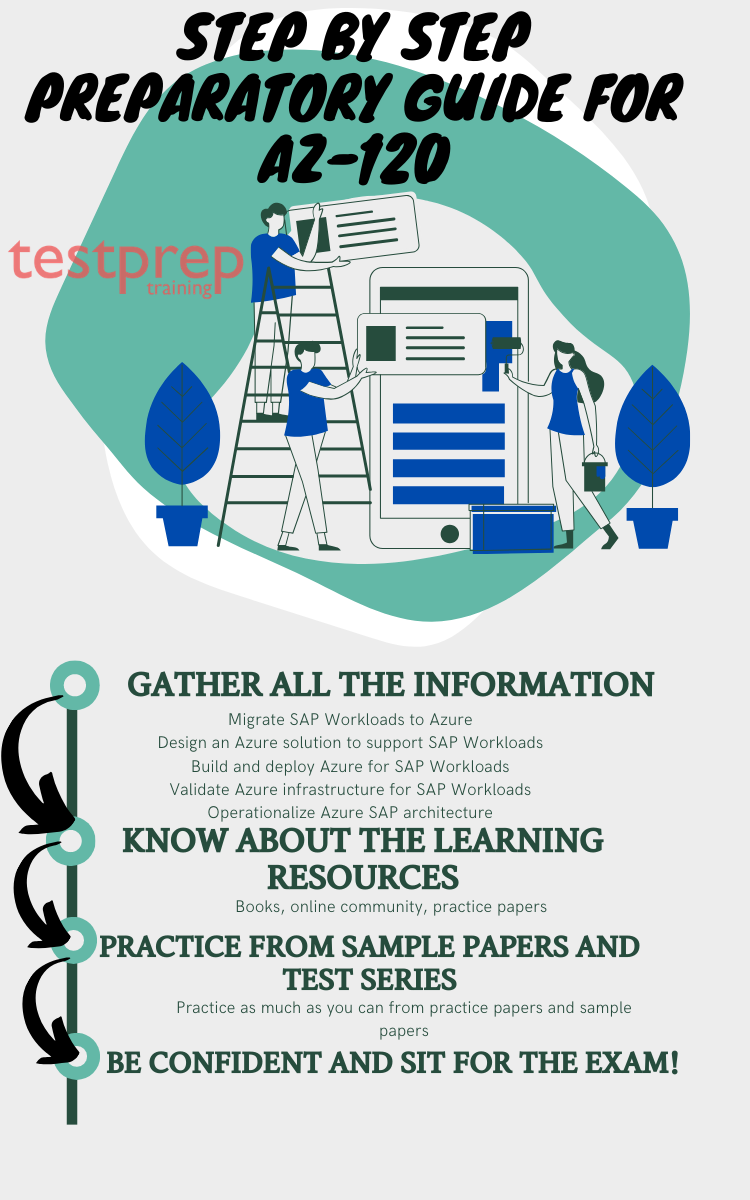
There are numerous preparatory resources for the exam. all you need to focus on is selecting the best resources according to your ease and level of understanding. This selection of resources will determine how well will you qualify your exam. let us have a look at handful of the resources:
Books
Books are the best-valued resources for study. You can choose any book that suits your way of preparation. Make sure the content is understandable and the book offers you a lot of practice questions and has previous test papers. You can choose multiple books and can buy them or can refer to libraries. Some of the AZ-120 exam books that you can refer to are:
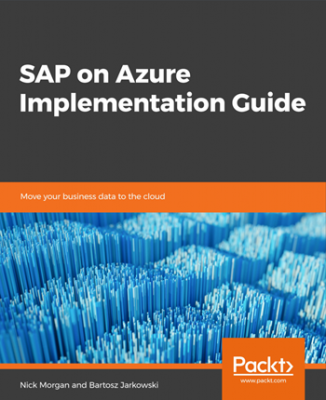
- Microsoft Azure Administrator – Exam Guide AZ-103: Your in-depth certification guide in becoming Microsoft Certified Azure Administrator
- Exam Ref AZ-900 Microsoft Azure Fundamentals
- SAP on Azure Implementation Guide: Move your business data to the cloud
Online community for AZ-120
There is separate online community for exam AZ-120. You can freely ask your doubts over this platform. This platform consists of various candidates that have already appeared for this exam. there is no better guidance than the guidance offered by an experienced person. You can also know about their study schedule and strategy that were opted by them to clear the exam. so, you can join this official community by Microsoft.
Online classes and instructor led training
There are many reliable sites that provide with online classes and instructor led training. This in one of the best resources that you can use for clearing the conceptual parts of the syllabus. These classes are built by professionals who have in-depth knowledge of the subject. They also provide notes which can be very useful for knowing the concepts in a better way.
Practice papers and sample tests
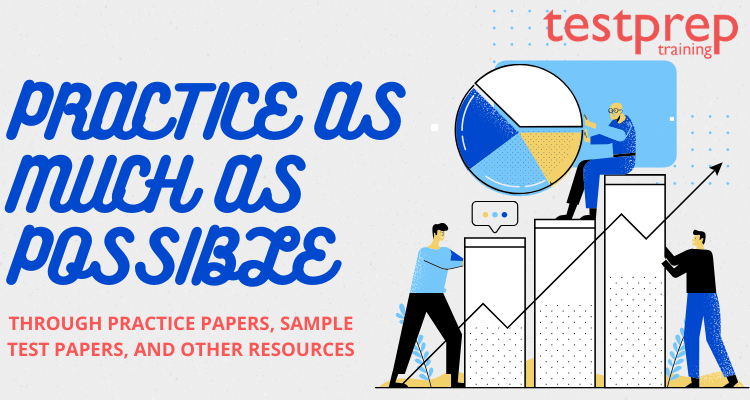
The practice tests are one way which will help you in understanding the concepts in a better way and also passing the exam with a high score. This exam tests competency of getting a job, so, practicing more and more will provide you with practical knowledge of the subject along with developing clear concepts. So, practice as much as you can. Above all, this will also help you in getting an insight into how the exam is going to look in terms of questions and format. Try a free AZ-120 exam practice test now!


